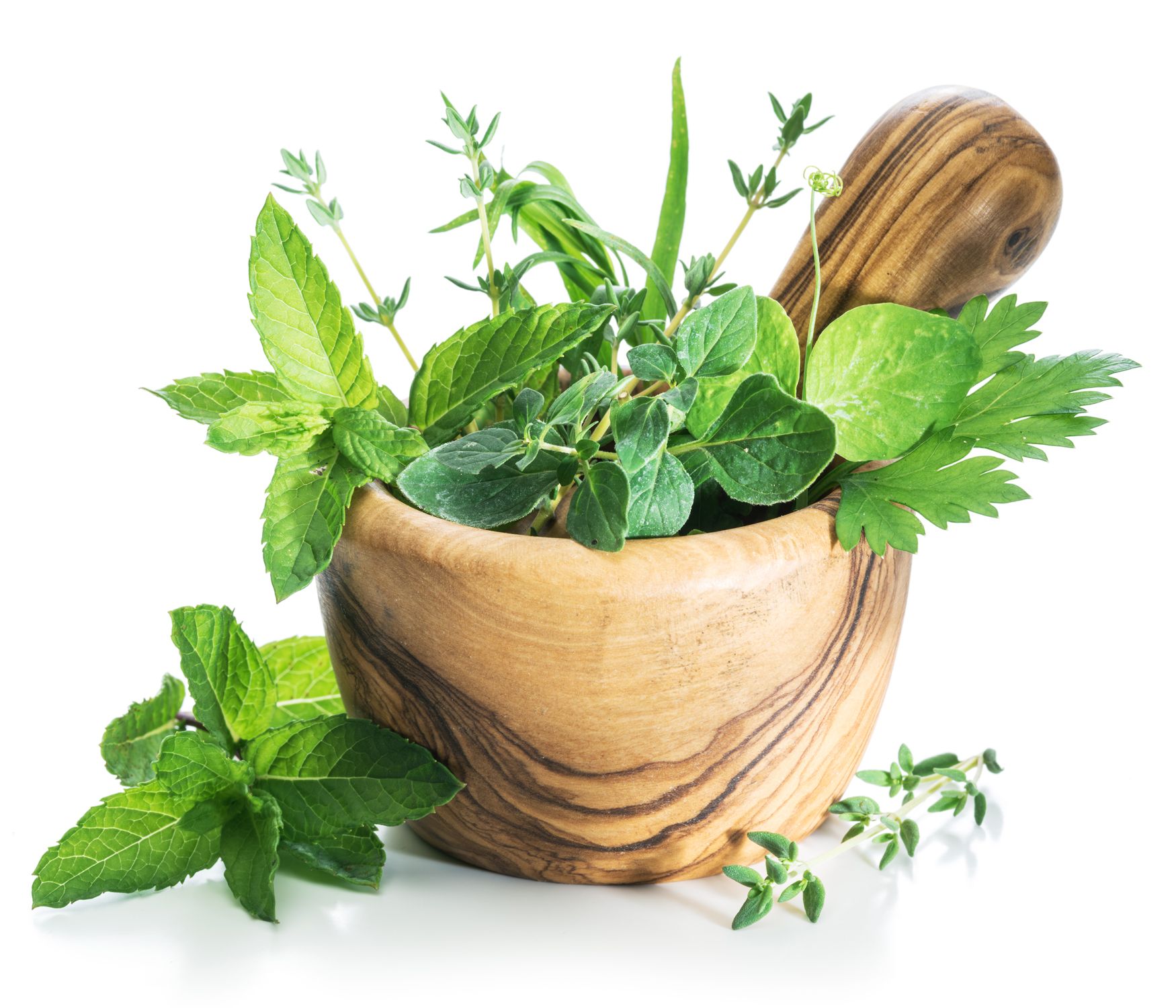From Yard to Table
How to Harvest Your Acreage's Potential


Many of us choose to live on acreages because of the space it provides – it can give us better privacy, peace of mind and room to experiment with the land we have. One of the ways to use your property is to grow your own food and maybe even garner some additional income by gardening.
Though it may seem premature to start dreaming of spring weather, now is the time to start planning your greenery.
What Will Your Garden Grow?
While you might go the traditional route of planting a little bit of everything in your vegetable garden and use the produce at your own table, you could also grow one (or a small number) of items and give them away, sell them around your community or even set up a stand at your local farmer’s market.
Something to consider, for instance, is that if you want next winter’s meals to include a fresh-grown homemade tomato sauce, you’ll need tomatoes, onions, basil, rosemary and any other herbs and spices that you might want to use in your sauce.
Gather Your Supplies
Now is the time to start gathering growing supplies (or canning supplies if that’s the direction you want to go) for spring, summer and fall. Seed catalogs and websites are currently gearing up for a rush of orders for those who want to start their plants inside.
Some examples of items you’ll need include growing lights, shelves or pots for starting your plants indoors.
In addition, you’ll want to evaluate how much produce you want in the spring or summer, especially if you are only planning to grow one thing. If you’re going to sell any excess produce at a farmer’s market or a roadside stand, you’ll want to grow more.
Perhaps you could choose an item that's hard to find at local stores and become the supplier for your area. You could also coordinate with your neighbors, grow different types of produce and take turns selling them at a local market. If you want to make more connections in and around your community, this would be a great way to start.
Picking the Perfect Spot
To understand what will grow well in your climate and how long your growing season typically lasts, check out websites such as the U.S. Department of Agriculture (USDA) that can help you with this endeavor.
Another option for easy research is when you purchase seed packages, they typically feature a climate zone map (usually from a source like the USDA) to help you figure out when you can plant seeds outdoors.
Adjust and Improve Next Year
Depending on how much you produce this growing season, you can adjust your plan for next year accordingly. For instance, if you sold out of the vegetables you were selling at your local farmer’s market, you’ll want to plant more next season if you have the room on your property and the time to give.
The Benefits of Gardening
So far, this all sounds like a lot of work – and it can be. However, many would say the pros of growing your own food can far outweigh the cons.
Growing your own food on your acreage comes with several advantages beyond just enjoying fresh produce. Here are some key benefits:
Money Saver: In addition to reducing your trips to the grocery store, it decreases your dependency on store bought items.
Bartering: If your neighbor has honeybees and you have vegetables from your garden, why not make trades instead of purchases? Plus, you will be building community with and helping out your friends, family and neighbors.
Freshness: The journey from field to table often involves extensive shipping, meaning your produce may travel great distances from field to table. When you have a garden, you can pick a tomato for your salad or an onion for your burger just steps from your home.
Canning: If you grow enough and have the supplies to do so, canning is a great option. Many families subsist through the lean, winter months on the fruits of their labor from spring to fall.
By investing time in planning and preparing your garden, you can turn your acreage into a productive, rewarding space. Whether you’re growing to feed your family, trade with neighbors or selling at local markets, the process not only enhances your self-sufficiency but also fosters community connections and sustainability.
With the right approach, your yard can go beyond being a patch of land — it can become a source of nourishment, creativity and financial opportunity. Start small, experiment and adjust as needed. From yard to table, the journey is as fulfilling as the harvest itself.
Tags:Garden & Landscape

Acreage Life is part of the Catalyst Communications Network publication family.















